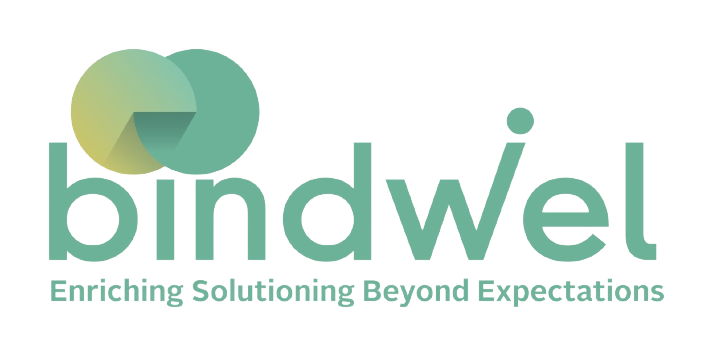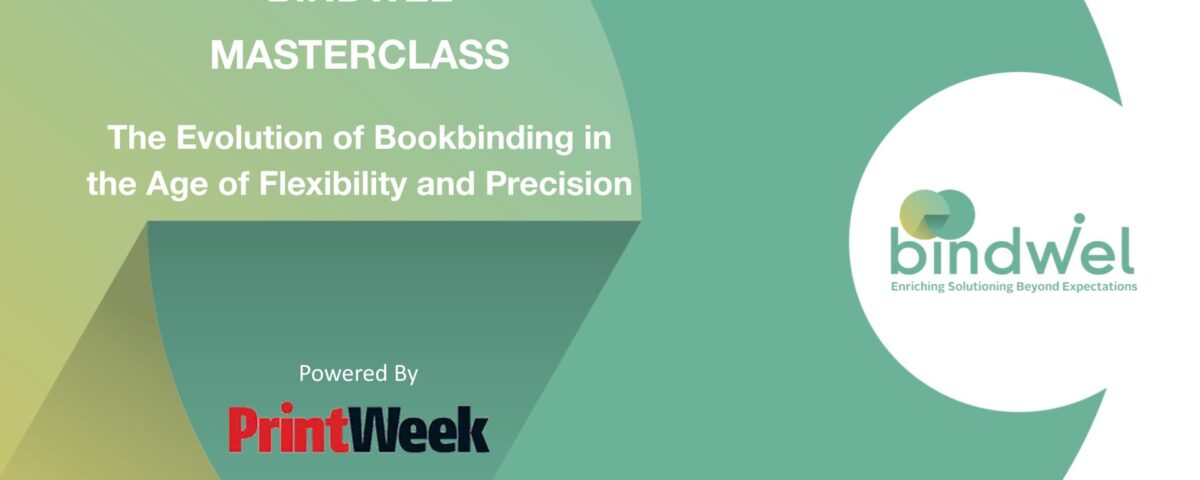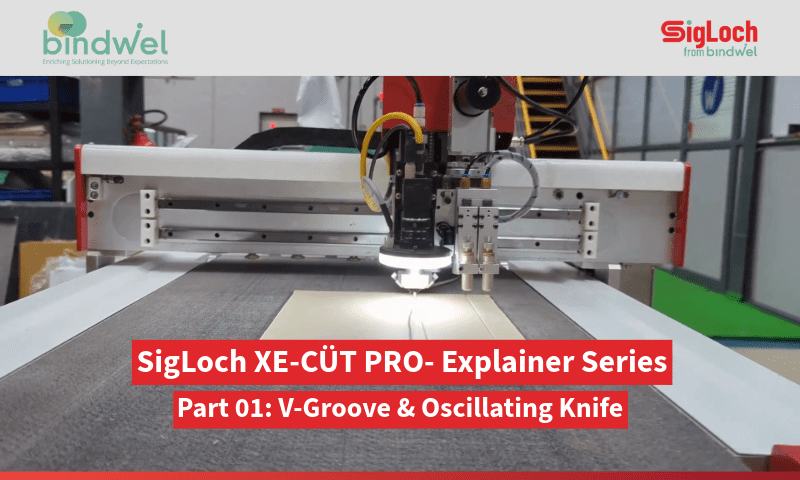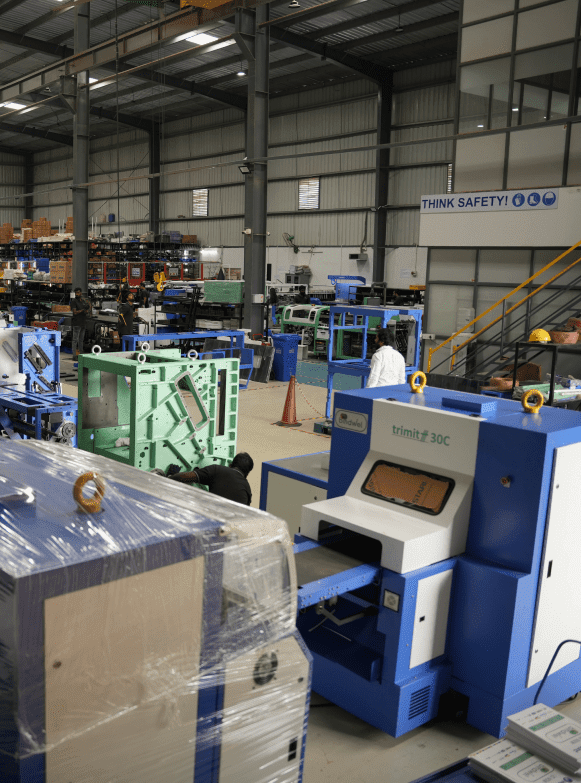The print industry is undergoing a seismic shift, and the Digital Bookbinding Revolution is at the heart of this transformation. If you’re a publisher, printer, or industry expert, you can’t afford to miss these emerging trends shaping the future of book production. The demand for high-quality, efficient, and flexible bookbinding solutions is skyrocketing, driven by technological advancements and evolving market needs.
Bindwel Technologies recently hosted its highly anticipated MasterClass Webinar, shedding light on the evolving landscape of the Digital Bookbinding Revolution. Let’s explore the key insights and innovations that are set to redefine the industry in 2025.
🌐 The Shift Back to Printed Books: A Global Trend
In an unexpected yet logical turn, countries worldwide are re-embracing printed books over digital alternatives, especially in education.
Sweden leads the way: After 15 years of digital-first policies, Sweden is investing €104 million to bring back printed textbooks, citing a decline in fundamental reading and writing skills.
U.S. and other markets follow suit: The demand for textbooks is on the rise as educators and policymakers recognize the cognitive benefits of print.
Other nations, including the UK, Germany, and Japan, are reassessing digital-heavy curriculums, acknowledging that traditional books play a crucial role in enhancing comprehension, retention, and academic performance.
Research backs the trend: Studies from the National Literacy Trust and University of Stavanger indicate that printed books improve deep reading, information retention, and focus compared to digital screens.
This shift is fueling the need for innovative bookbinding solutions that cater to diverse production scales, from high-volume textbook runs to small-batch educational materials, reinforcing the Digital Bookbinding Revolution.
🔄 Market Dynamics: From ‘Tens of Thousands’ to ‘Thousands’
Gone are the days when publishers printed books in massive batches of hundreds of thousands. The market is now moving towards shorter print runs, making on-demand printing more crucial than ever.
Key Trends:
✅ Digital Inkjet Efficiency: Reduces overproduction, storage costs, and waste.
✅ Rapid Reprints: Publishers can react quickly to market demand.
✅ Waste Reduction: Digital printing minimizes paper usage by up to 80%.
✅ Inventory Optimization: Aligns production with real-time demand.
🔧 The Tug of War: Offset vs. Digital Inkjet
One of the biggest challenges in the industry today is choosing between sheet-fed offset printing and digital inkjet technology. Each has its pros and cons:
Offset Printing: Best for high-volume runs with superior color accuracy.
Digital Inkjet: Ideal for short runs, personalized editions, and quick turnarounds.
The future belongs to hybrid printing, a critical element of the Digital Bookbinding Revolution—a combination of both technologies to maximize efficiency and cost-effectiveness.
📊 Opportunities in Key Sectors
The demand for customized and short-run book production is growing across multiple industries. Here’s where Bindwel’s advanced solutions come into play:
📚 Textbook & Academic Publishing
✅ High-speed systems for bulk production.
✅ Short-run solutions for pilot distributions and niche topics.
✅ Hybrid approaches for mid-cycle revisions.
📖 Trade & Self-Publishing
✅ On-demand printing for limited editions.
✅ Medium runs for efficient inventory management.
✅ Niche audience customization.
🎓 Test Prep & Educational Institutions
✅ Quick turnarounds for syllabus updates.
✅ High-speed printing for peak demand seasons.
✅ Flexible production for customized study materials.
These evolving needs highlight the necessity for adaptive, high-precision binding solutions, which Bindwel is pioneering through the Digital Bookbinding Revolution.
✨ Overcoming Challenges in the Offset-to-Inkjet Transition
Transitioning from offset to inkjet is not without hurdles. Here’s what publishers need to consider:
High Ink Costs: Inkjet printing remains expensive for large-volume runs.
Perceived Quality Gaps: Offset printing still leads in sharpness and vibrancy.
Capital Investment: Upgrading to digital inkjet requires significant financial investment.
Adopting Hybrid Models: Many publishers are integrating digital inkjet alongside offset printing to balance cost and flexibility.
Leveraging Automation: Implementing AI-driven workflow systems helps optimize production efficiency and cost-effectiveness.
Exploring New Ink Technologies: Advances in ink formulations are helping reduce costs and improve print quality.
Despite these challenges, advancements in inkjet technology are rapidly closing the gap, making it an attractive option for publishers seeking efficiency and sustainability through the Digital Bookbinding Revolution.
📌 Real-World Success Stories
Several leading publishers have successfully navigated the shift to digital inkjet. Here are some prominent examples:
🔹 Penguin Random House (2011) – Adopted digital printing for short-run reprints, enhancing inventory management, reducing storage costs, and minimizing overproduction risks.
🔹 Amazon Kindle Direct Publishing (2016) – Leveraged digital inkjet for on-demand paperback printing, eliminating the need for large inventories and ensuring immediate order fulfillment while reducing waste from unsold copies.
🔹 Cambridge University Press (2016) – Incorporated digital printing for regional textbook versions, tailoring content to localized syllabi for greater relevance and accessibility.
🔹 Association of Indian Publishers and Booksellers (Gradually since 2010s) – Transitioned to digital inkjet for supplemental materials and pilot editions, reducing reliance on long-run offset production.
🌟 Bindwel’s Cutting-Edge Innovations: Sprint, Marathon & Relay
At PrintPack 2025, Bindwel has showcased three game-changing solutions designed to meet modern bookbinding demands within the Digital Bookbinding Revolution.
🏃♂️ Sprint Zone – High-speed, short-run printing. Ideal for quick turnarounds, limited editions, and on-demand production where speed is the priority.
🏁 Marathon Zone – Long-run, high-volume printing. Designed for durability and consistency, perfect for large-scale publishers and businesses that need sustained, reliable output over time.
🔄 Relay Zone – A hybrid approach. This zone balances efficiency and adaptability, catering to businesses that need flexibility—handling both short and long runs with ease.
🔗 The Future of Bookbinding is Here
The bookbinding industry is evolving faster than ever. As digital and offset printing continue to merge, the future belongs to those who adapt, innovate, and invest in the right technologies.
✅ Customization & Short Runs are the future.
✅ Hybrid Printing balances cost and quality.
✅ Sustainable Solutions reduce waste and boost efficiency.
✅ Bindwel’s Innovations provide cutting-edge binding solutions for the modern print era.
The time to embrace the Digital Bookbinding Revolution is NOW. Whether you’re a large-scale publisher or an independent print shop, the key to success lies in flexibility, precision, and smart investments.
💬 Let’s Keep the Conversation Going!
Got insights, questions, or thoughts about the future of bookbinding?
We’d love to hear from you! Connect with us and stay updated on the latest trends, innovations, and industry insights.
Follow Bindwel on Facebook, LinkedIn, Twitter, Instagram and YouTube for the more updates!
Download the ppt here:





